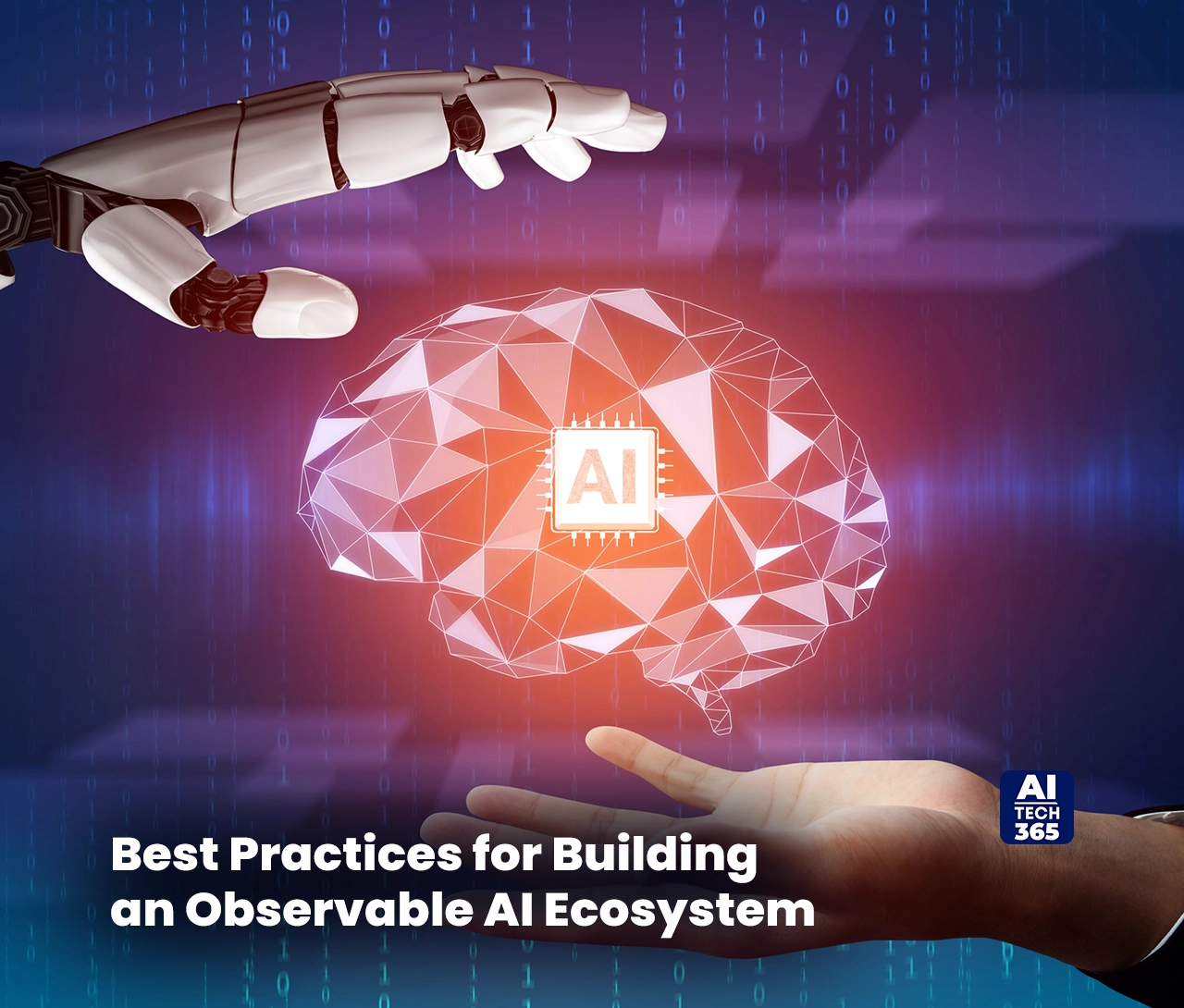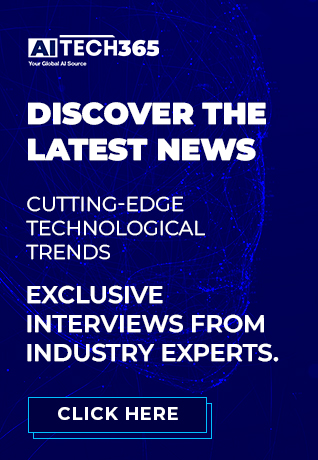In the fast-changing world of AI, businesses use machine learning. It helps them make decisions, automate processes, and create personalized experiences. As systems get more complex, a key issue comes up. Organizations need their AI to be clear, reliable, and ethical. The answer is AI observability. This field is quickly winning over tech leaders. This guide explains why responsible AI use is important. It highlights key parts and gives practical tips for businesses002E
The Rise of AI Complexity and the Need for Transparency

Modern AI systems are no longer confined to controlled experiments. They work in changing environments. They handle large volume of real-time data. They interact with users and adjust to new conditions. A retail company uses AI to manage inventory. The model must consider seasonal trends, supply chain issues, and social media trends. When a system fails, it can hurt revenue and customer trust. For example, overstocking winter coats during a heatwave impacts operations too.
Traditional monitoring tools, designed for static software, fall short in diagnosing AI-specific failures. AI models can degrade in ways that are hard to predict. This happens because of data drift, biased inputs, or changing user behavior. This unpredictability demands a paradigm shift; from reactive debugging to proactive observability.
Defining AI Observability
AI observability means seeing how AI systems work inside. This includes everything from data pipelines to model behavior and infrastructure health. It transcends basic performance metrics, offering insights into why a model behaves a certain way and how its decisions impact business outcomes.
Imagine a financial institution using AI to assess credit risk. A traditional monitoring approach might flag a sudden drop in approval rates. Observability, however, digs deeper: Is the decline due to skewed training data? Has a new demographic introduced bias? Are external economic factors altering risk patterns? By answering these questions, observability bridges the gap between technical performance and strategic accountability.
Also Read: How Enterprise General Intelligence Enhances Decision-Making in Large Organizations
Why AI Observability Matters for Enterprises
The stakes for AI reliability are higher than ever. Regulatory frameworks, like the EU AI Act, require transparency. At the same time, consumers want ethical AI practices. One failure can lead to big problems. A healthcare algorithm might misdiagnose patients. Also, a biased recruitment tool could lead to unfair hiring. These mistakes can result in legal penalties. It can also harm reputation and lead to lost revenue.
Take the case of a global e-commerce platform that deployed a recommendation engine to personalize user experiences. Initially, the model boosted engagement by 20%. Over time, however, the algorithm began suggesting irrelevant products. Observability tools revealed the root cause: the model’s training data lacked representation from emerging markets, leading to poor generalizations. Without observability, the company might have wasted months tweaking hyperparameters instead of addressing the data gap.
Beyond risk mitigation, observability unlocks competitive advantages. Organizations that understand their AI’s behavior can iterate faster, comply with regulations proactively, and build trust with stakeholders.
Moreover, as of early 2024, approximately 42% of enterprise-scale organizations (with over 1,000 employees) have actively implemented AI in their operations.
Core Components of a Robust Observability Framework
Effective AI observability rests on four pillars, each addressing distinct layers of the AI lifecycle.
Model Performance Monitoring ensures models operate as intended in production. This includes tracking accuracy, latency, and resource use. It also means spotting issues like data drift. This occurs when input data differs from training examples. A fraud detection model that learned from pre-pandemic transactions may struggle now. This is because consumer spending habits have changed. Continuous monitoring alerts teams to retrain models before accuracy plummets.
Data Quality Assurance examines the inputs fueling AI systems. Even the most sophisticated models fail if fed poor-quality data. Observability tools automate checks for missing values, outliers, and schema inconsistencies. A healthcare provider, for example, used data lineage tracking to trace diagnostic errors back to a mislabeled MRI dataset, preventing misdiagnoses.
Explainability and Fairness demystifies AI decision-making. Techniques like SHAP (SHapley Additive exPlanations) or LIME (Local Interpretable Model-agnostic Explanations) highlight factors influencing predictions, enabling audits for bias or ethical breaches. A fintech company leveraged explainability reports to prove its loan approval model disregarded race, satisfying regulatory scrutiny.
Infrastructure and Dependency Mapping monitors the ecosystem supporting AI deployments. Cloud costs, API latency, and hardware failures indirectly impact model performance. An autonomous vehicle startup, for instance, traced erratic navigation decisions to sensor latency spikes caused by network congestion; a problem invisible without infrastructure observability.
Challenges in Implementing AI Observability
Despite its promise, adopting observability poses hurdles. Many enterprises struggle with fragmented tooling; data science teams use Jupyter notebooks for development, while DevOps relies on Kubernetes for deployment. Bridging these silos requires integrated platforms that unify metrics, logs, and traces across the AI stack. Moreover, in 2024, 74% of companies reported difficulties in achieving and scaling value from their AI initiatives.
Cultural resistance also looms. Data scientists accustomed to experimental environments may view observability as overhead. Leaders must foster collaboration between data, engineering, and compliance teams, emphasizing observability as a shared responsibility.
Scalability presents another barrier. As models proliferate; some organizations deploy thousands; manual oversight becomes impossible. Automated anomaly detection and root cause analysis are essential. A logistics company, for example, automated drift detection across its fleet routing models, reducing incident response time by 60%.
Best Practices for Building an Observable AI Ecosystem

Successful observability starts with embedding it into the AI lifecycle. During development, teams should define key metrics (e.g., fairness thresholds, accuracy benchmarks) and integrate monitoring hooks. In production, real-time dashboards offer a unified view of model health, while retrospective analysis fuels iterative improvements.
Prioritize context-rich alerts. Instead of notifying engineers every time accuracy dips by 1%, alerts should trigger only when deviations correlate with business impact, like a 10% drop in customer retention. This reduces alert fatigue and focuses efforts on high-value interventions.
Invest in cross-functional training. Observability tools are only as effective as their users. Data scientists should understand infrastructure monitoring basics, while DevOps teams grasp model evaluation concepts. Workshops and collaborative troubleshooting sessions build this shared vocabulary.
Finally, partner with vendors offering specialized AI observability solutions. Open-source tools like Prometheus excel at infrastructure monitoring but lack AI-specific features. Platforms like Arize or WhyLabs provide tailored capabilities, from drift detection to bias audits, accelerating time-to-value.
The Future of AI Observability
As AI permeates industries, observability will evolve in three key directions. First, predictive observability will emerge, using AI to forecast failures before they occur. Imagine a system that recommends retraining a model next quarter based on current drift trends, turning maintenance from reactive to strategic.
Second, unified standards will simplify compliance. Regulatory bodies are already pushing for standardized audit trails and explainability reports. Tools that automatically generate compliance-ready documentation will become indispensable.
Lastly, collaborative observability will gain traction. Shared benchmarks and anonymized incident datasets will let organizations learn from industry peers, akin to how cybersecurity threat intelligence operates today.
Observability as a Strategic Imperative
AI observability isn’t merely a technical checkbox; it’s a strategic enabler. Enterprises that master it will navigate regulatory complexities, build resilient AI systems, and earn stakeholder trust. The path forward requires investment in tools, processes, and culture, but the rewards, agility, compliance, and competitive edge, are transformative.
As AI’s role expands from operational tool to strategic partner, observability ensures this partnership remains transparent, accountable, and aligned with human values. For leaders in the AI tech space, the message is clear: The future belongs to those who can see inside their AI.





